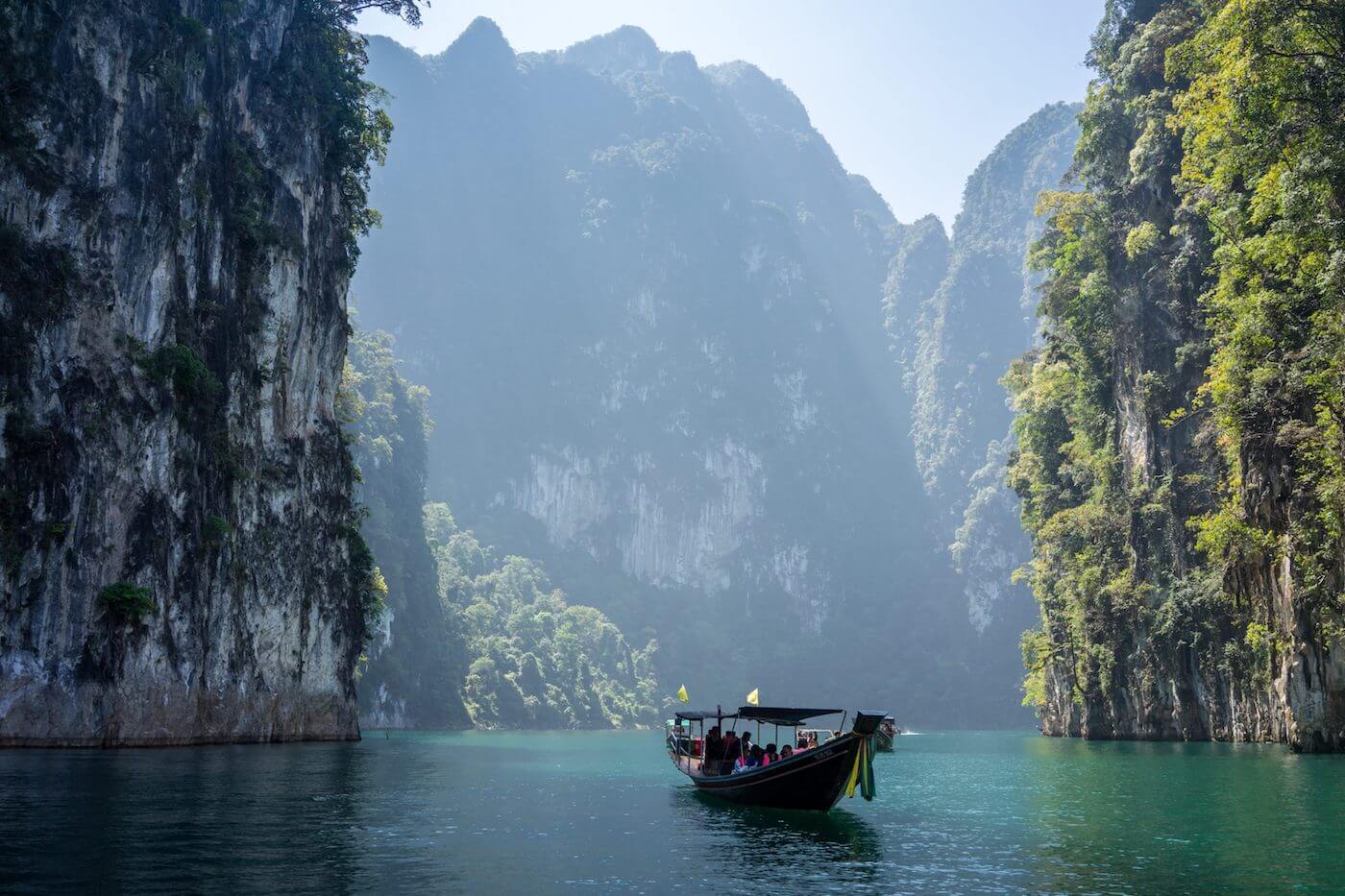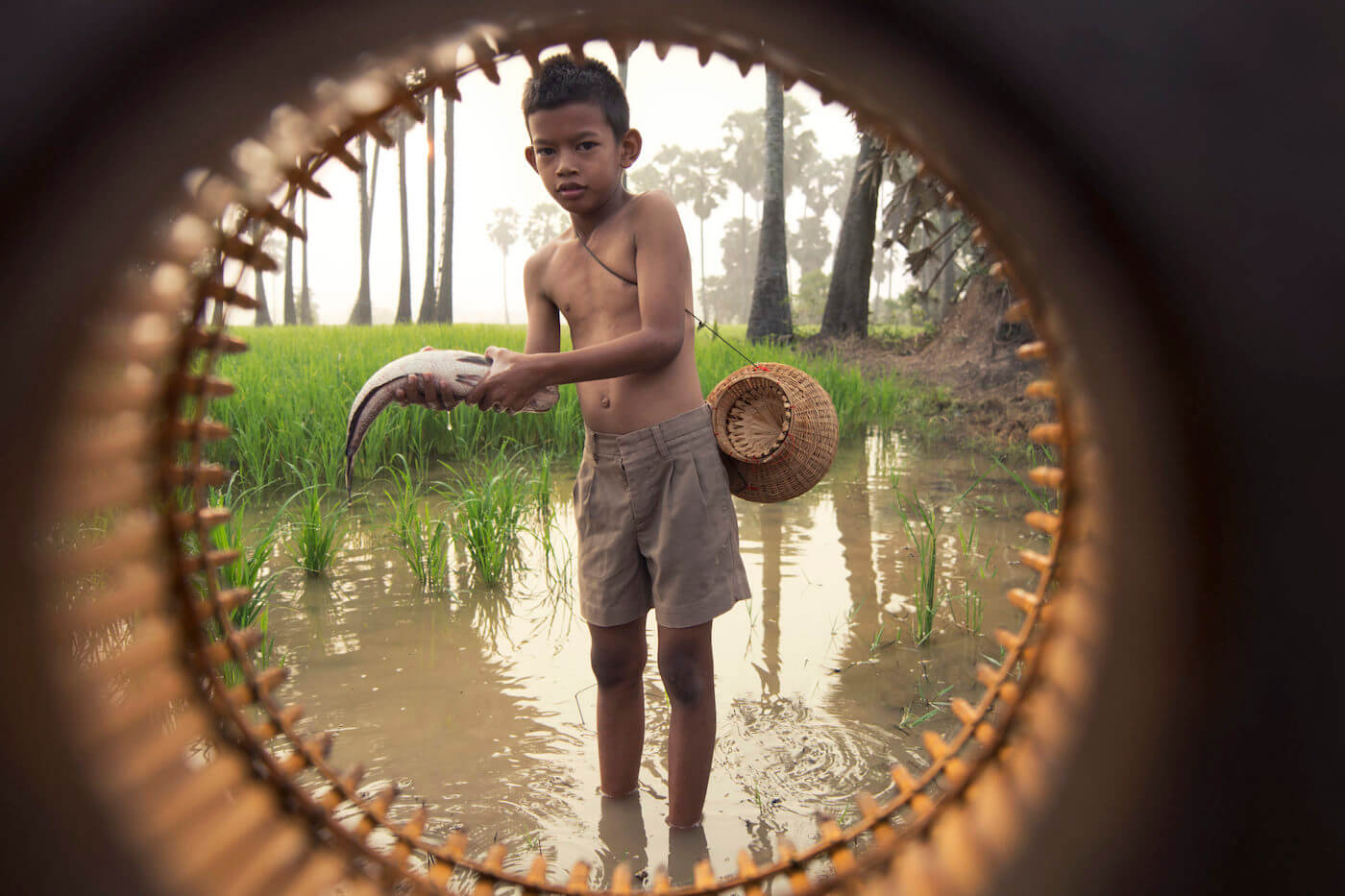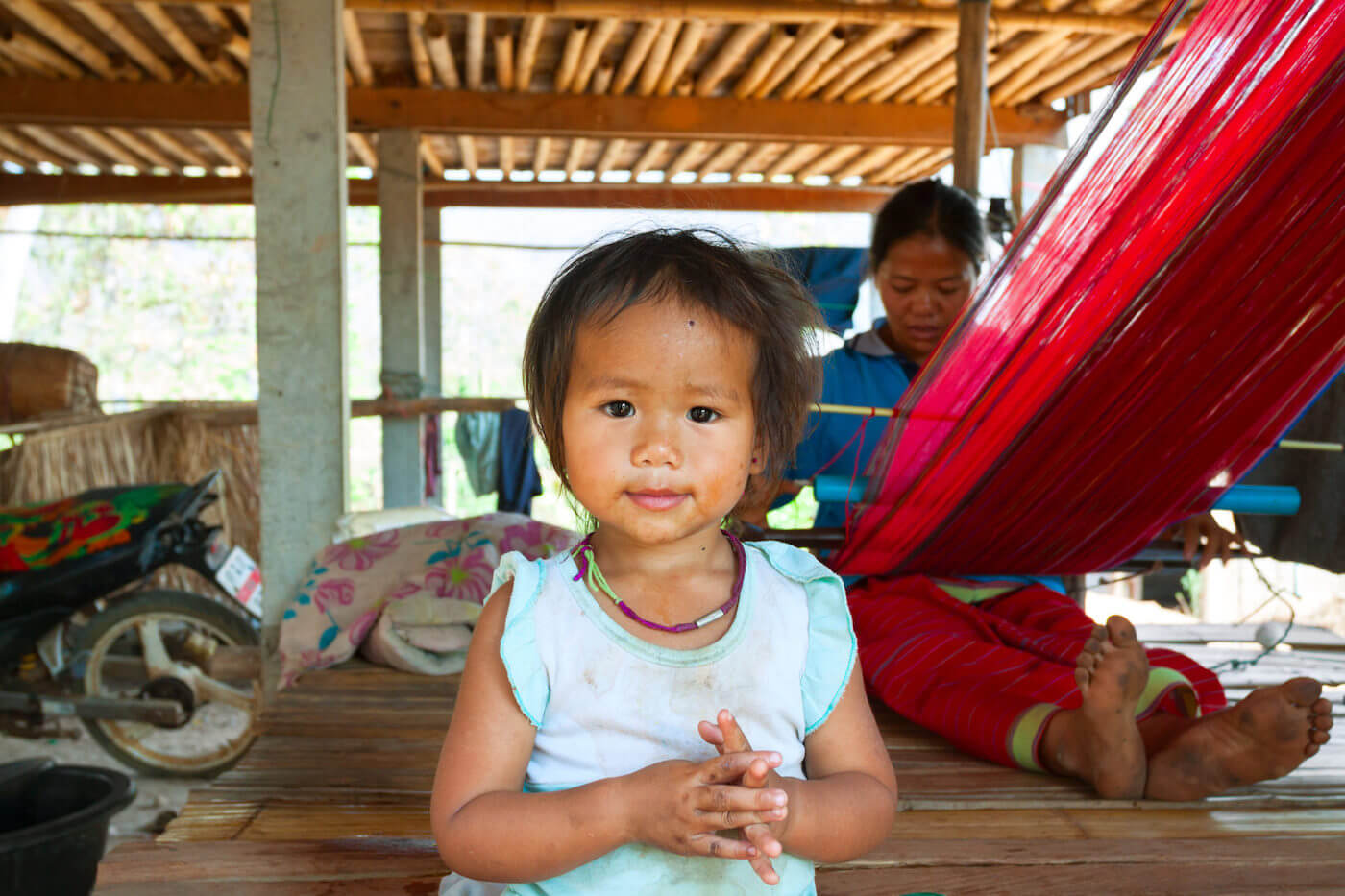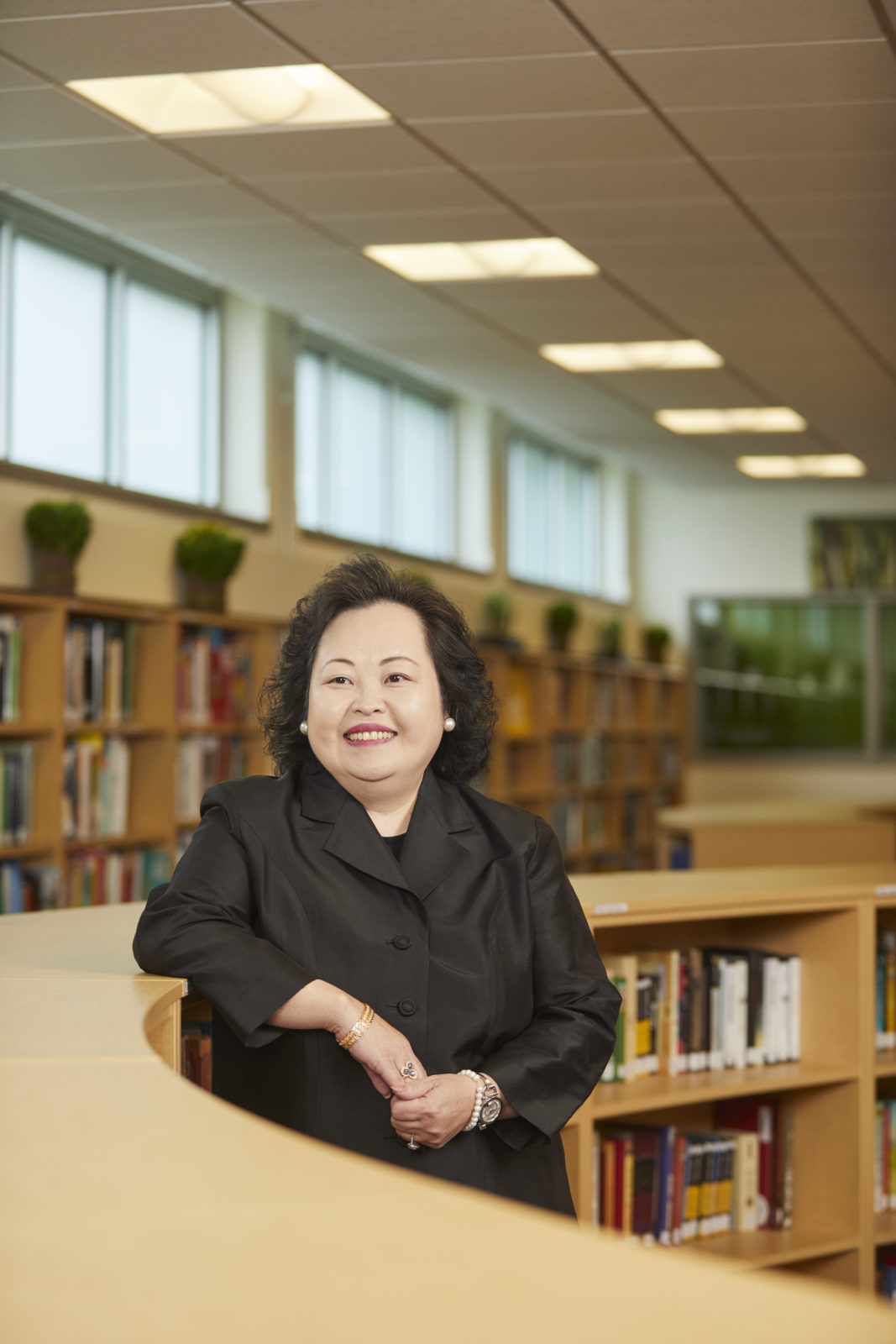Our story begins in Laos, 1975. A child, 10 years old, is startled awake by her parents in the middle of the night and told to make her way silently under the cover of darkness to the vehicle parked just outside. She crawls into the cramped rear of the vehicle and ducks down alongside her three brothers and two sisters, all of them willing themselves invisible as they do their youthful best not to make a peep. Moments later, the engine rumbles to life and the car lurches forward, carrying the family of eight away from this place. Away from the swelling darkness that swallows their home in the rearview. Away from the encroachment of communism and the unspeakable horrors they’d surely face were they to stay just one day more. Away from any last remaining vestige of what once they considered their homeland. Their country. Slowly, steadily, they move forward into night with nothing but the clothes they wear and the promise of hope that this time they would make it. To the Mekong River. To Thailand. To freedom.
This is the story of Chris Her-Xiong, Founder and Chief Executive Officer of our school, the Hmong American Peace Academy. And to understand her story is to understand in a larger sense, the story of our people: the Hmong.
